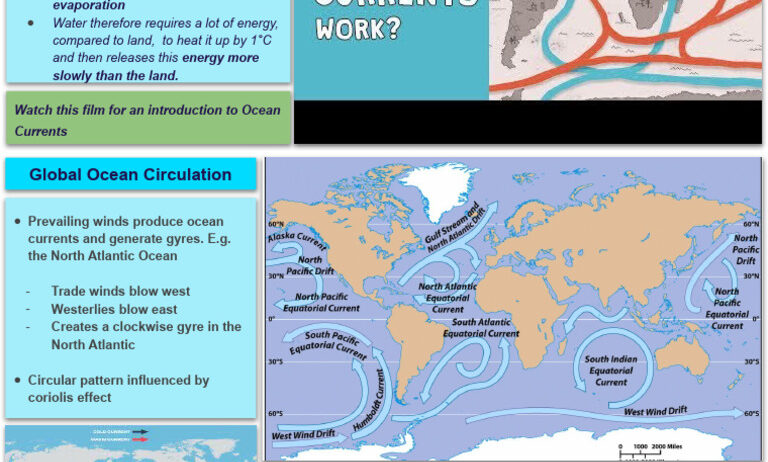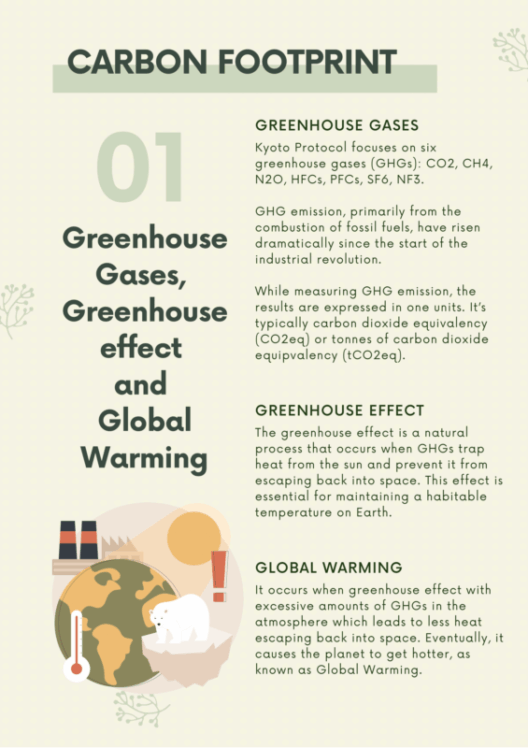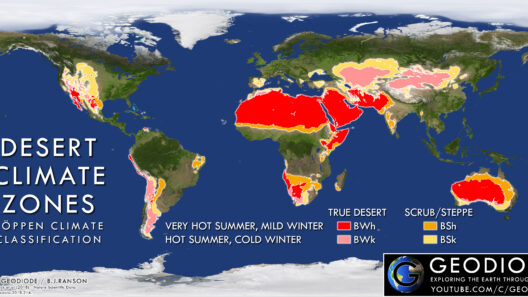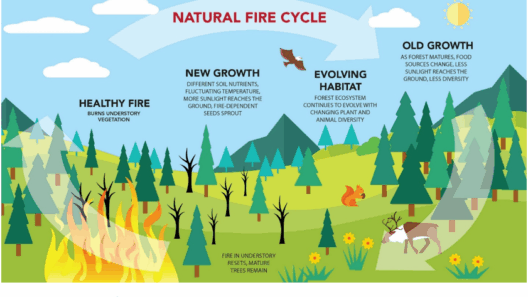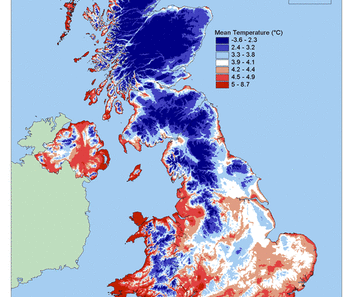The climate of the marine biome is a complex tapestry woven from the interactions of ocean currents, weather systems, and atmospheric phenomena. This biome, which covers over 70% of the Earth’s surface, harbors a vast array of ecosystems, from coral reefs to the abyssal plain, each uniquely influenced by climatic factors. Understanding this intricate relationship is essential in grasping how marine environments function and adapt to a changing world.
At the heart of marine climatology are ocean currents. These currents are vast rivers of seawater that flow through the oceans, driven by factors such as wind, water density differences, and the Earth’s rotation. There are two primary types of ocean currents: surface currents and deep-water currents. Surface currents, influenced primarily by wind, occur in the upper 400 meters of the ocean and follow predictable patterns determined by the Coriolis effect. They play a significant role in regulating climate by redistributing heat from the equator to the polar regions, affecting both air temperatures and weather patterns globally.
Conversely, deep-water currents, often referred to as thermohaline circulation, are driven by differences in temperature and salinity. These currents are slower-moving yet immensely powerful, forming a global “conveyor belt” that further regulates oceanic and atmospheric temperatures. The interplay between these currents can lead to significant climate phenomena, including El Niño and La Niña, which can have cascading effects on global weather, precipitation patterns, and marine biodiversity.
As we delve deeper into the significance of ocean currents, it becomes evident how they interact with major climatic events. For instance, El Niño is characterized by the warming of sea surface temperatures in the central and eastern Pacific Ocean. This phenomenon disrupts typical weather patterns, leading to increased rainfall in some areas and droughts in others. Its counterpart, La Niña, often results in opposite conditions. The variability introduced by these events underscores the intricate balance maintained by ocean currents and their consequential impact on marine ecosystems.
In addition to ocean currents, weather systems are another critical component that shapes the climate of the marine biome. These systems include phenomena such as storms, cyclones, and seasonal winds, each contributing to the dynamic nature of oceanic climates. For instance, hurricanes can significantly alter marine environments, causing substantial displacement of marine life and impacting coral reefs. The intense winds and water pressure associated with such storms can eradicate habitats, while the subsequent influx of freshwater and sediments can lead to changes in salinity and light availability, crucial factors for marine organisms.
Moreover, the marine biome’s climate is influenced by the presence of coastal zones. Coastal regions experience unique climatic effects due to the interaction between land and sea. The phenomenon known as the sea breeze occurs due to the differential heating of land and water, resulting in cooler, moist air moving inland during the day. This interaction facilitates a rich biodiversity in coastal ecosystems, making them hotspots for marine life. However, the effects of climate change, such as rising sea levels and increased storm frequency, threaten these delicate ecosystems, highlighting the urgent need for conservation efforts.
Another crucial element of marine climate is the role of phytoplankton as primary producers. These microscopic organisms form the base of the marine food web, utilizing sunlight to produce energy through photosynthesis. Their growth is directly influenced by climatic conditions, including temperature, nutrient availability, and water stratification. Phytoplankton populations can bloom under suitable conditions, leading to increased oxygen production and supporting diverse marine life. However, climate change poses threats, such as ocean acidification and warming waters, which can disrupt these essential organisms, ultimately impacting the entire marine food chain.
The impact of the climate on the marine biome extends beyond immediate changes within the ecosystem. Anthropogenic activities, particularly carbon emissions, have resulted in elevated atmospheric CO2 levels, leading to ocean acidification. The absorption of CO2 by seawater alters the chemical composition, impacting organisms that rely on calcium carbonate for calcification, such as corals and shellfish. This degradation can lead to reef bleaching and biodiversity loss, which have far-reaching implications for marine habitats and human communities dependent on these resources.
Furthermore, warming oceans are leading to shifts in species distributions as marine organisms seek suitable habitats to escape rising temperatures. This phenomenon, known as marine biogeographic shifts, can alter predator-prey dynamics, disrupt existing ecological relationships, and change the face of fishing industries. As species migrate toward cooler waters, coastal communities may face economic challenges linked to diminishing fish stocks and resource availability.
In summary, the climate of the marine biome is intrinsically connected to ocean currents and weather systems. Together, they create a dynamic environment that influences not only marine ecosystems but also the global climate. As anthropogenic pressures increase, the urgency to understand and mitigate these impacts grows. The preservation of marine habitats and the intricate relationships they support is vital for maintaining the delicate balance in our planet’s climate system and ensuring the sustainability of our oceans for future generations.



